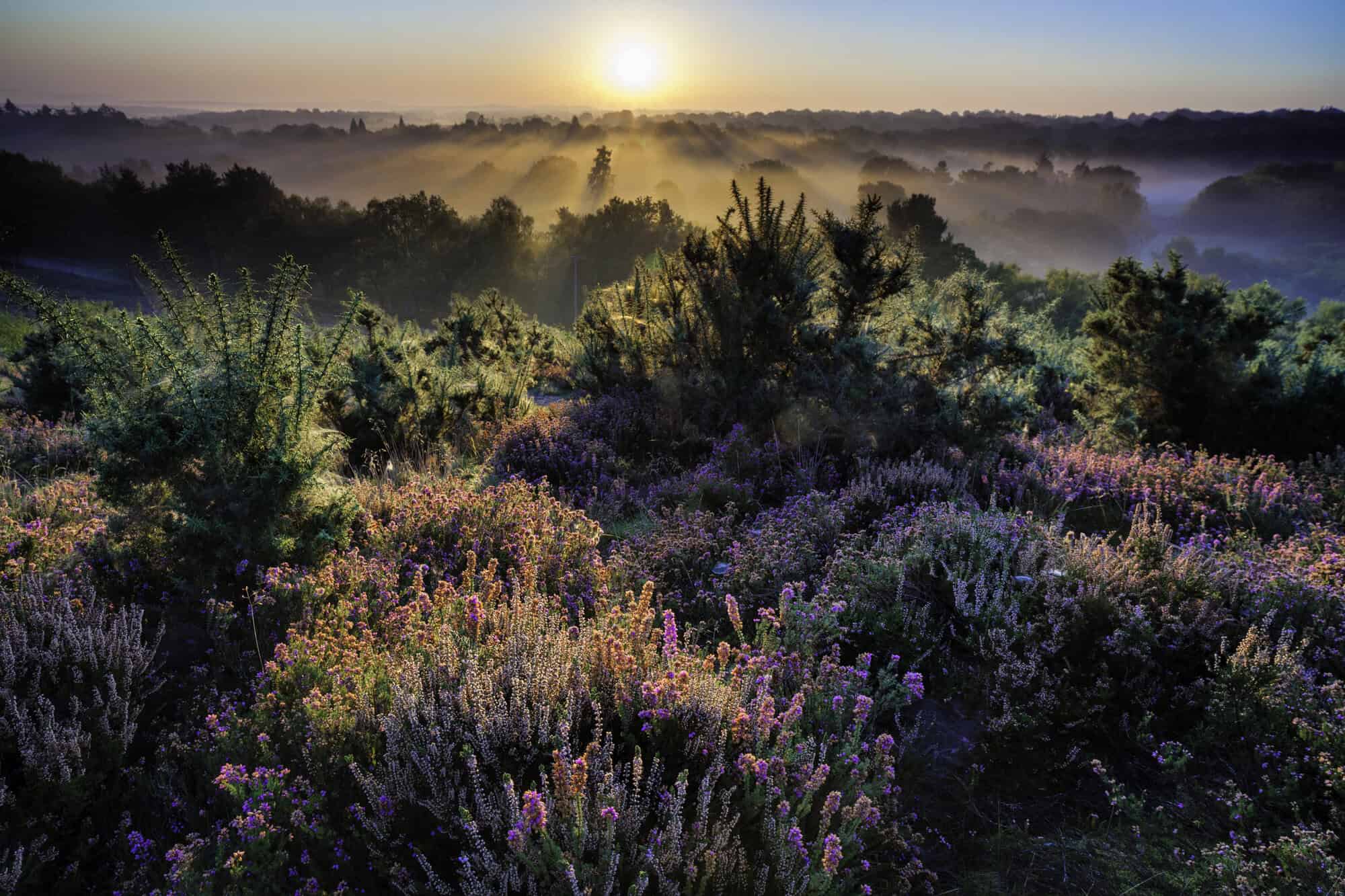
Local areas in Surrey compared
| District or borough council area | Total waste per household (kg) | Amount of recycling produced per household (kg) | Proportion of total waste that was recycled (Defra recycling rate) | Total rubbish produced per household (kg) | Proportion of total waste that was treated as rubbish | Proportion of recycling recycled in the UK |
|---|---|---|---|---|---|---|
| Elmbridge | 1,031 (+11.7%) | 562 (+15.8%) | 54.5% (+1.9) | 469 (+6.7%) | 45.5% (-1.9) | 79.8% (-8.5) |
| Epsom & Ewell | 966 (+4.4%) | 519 (+4.9%) | 53.7% (+0.3) | 447 (+3.7%) | 46.3% (-0.3) | 81.4% (+8.6) |
| Guildford | 948 (+9.9%) | 558 (+10.2%) | 58.9% (+0.2) | 389 (+8.6%) | 41.1% (-0.2) | 85.1% (+3.1) |
| Mole Valley | 983 (+9.2%) | 557 (+12.9%) | 56.6% (+1.8) | 427 (+4.6%) | 43.4% (-1.8) | 79.3% (-10.2) |
| Reigate & Banstead | 884 (+2.9%) | 471 (+1.0%) | 53.2% (-1.0) | 413 (+4.9%) | 46.8% (+1.0) | 98.3% (+4.4) |
| Runnymede | 808 (+9.0%) | 396 (+22.1%) | 49.0% (+5.3) | 412 (-1.3%) | 51.0% (-5.3) | 84.0% (+10.4) |
| Spelthorne | 853 (+5.7%) | 396 (+5.6%) | 46.4% (-0.1) | 457 (+5.5%) | 53.6% (+0.1) | 74.3% (-11.3) |
| Surrey Heath | 943 (+7.5%) | 578 (+4.7%) | 61.3% (-1.7) | 365 (+11.0%) | 38.7% (+1.7) | 73.0% (+0.9) |
| Tandridge | 946 (+6.6%) | 566 (+7.9%) | 59.9% (+0.7) | 380 (+4.4%) | 40.1% (-0.7) | 85.6% (+5.6) |
| Waverley | 905 (+8.5%) | 516 (+13.7%) | 57.0% (+2.6) | 389 (+2.2%) | 43.0% (-2.6) | 72.8% (-20.1) |
| Woking | 950 (+9.5%) | 516 (+7.3%) | 54.3% (-1.1) | 435 (+10.9%) | 45.7% (+1.1) | 81.8% (+8.0) |
Note: numbers in brackets are comparisons to 2019-20 and if it’s a percentage, it’s a comparison between tonnages whereas if it’s a number, it’s a percentage point comparison between two percentages.
The table above shows the amounts of waste collected from households and recycling banks in different areas of Surrey. The area where households produce the least waste is Runnymede at 808kg per household. At the other end of the scale, Elmbridge residents produce, on average, 1,031kg per household. This is probably because more properties have larger gardens that produce a large amount of garden waste, and are therefore likely to produce more waste overall.
The area of Surrey that recycles the biggest proportion of its waste is Surrey Heath at 61.3% with the areas recycling least of their waste being Spelthorne and Runnymede. This is probably because in rural areas more properties have gardens and with garden waste being easily recyclable, it means more of their overall waste is likely to be recycled. The same is true for food waste where larger properties are more likely to have room for a food waste caddy.
However, when you remove food and garden waste from the total waste produced and look at the proportion of the remaining waste that is made up of dry recycling (dry mixed recycling plus waste collected from recycling banks including textiles and electricals), you see a different picture, as in the table below. Here, we see that there are smaller differences between areas that are less affected by whether they are rural or not.
| District or borough council area | Proportion of waste that was dry recycling collected from households or recycling banks |
|---|---|
| Elmbridge | 23.4% |
| Epsom & Ewell | 26.8% |
| Guildford | 24.9% |
| Mole Valley | 24.9% |
| Reigate & Banstead | 28.1% |
| Runnymede | 26.8% |
| Spelthorne | 25.7% |
| Surrey Heath | 29.8% |
| Tandridge | 29.2% |
| Waverley | 30.7% |
| Woking | 21.9% |

